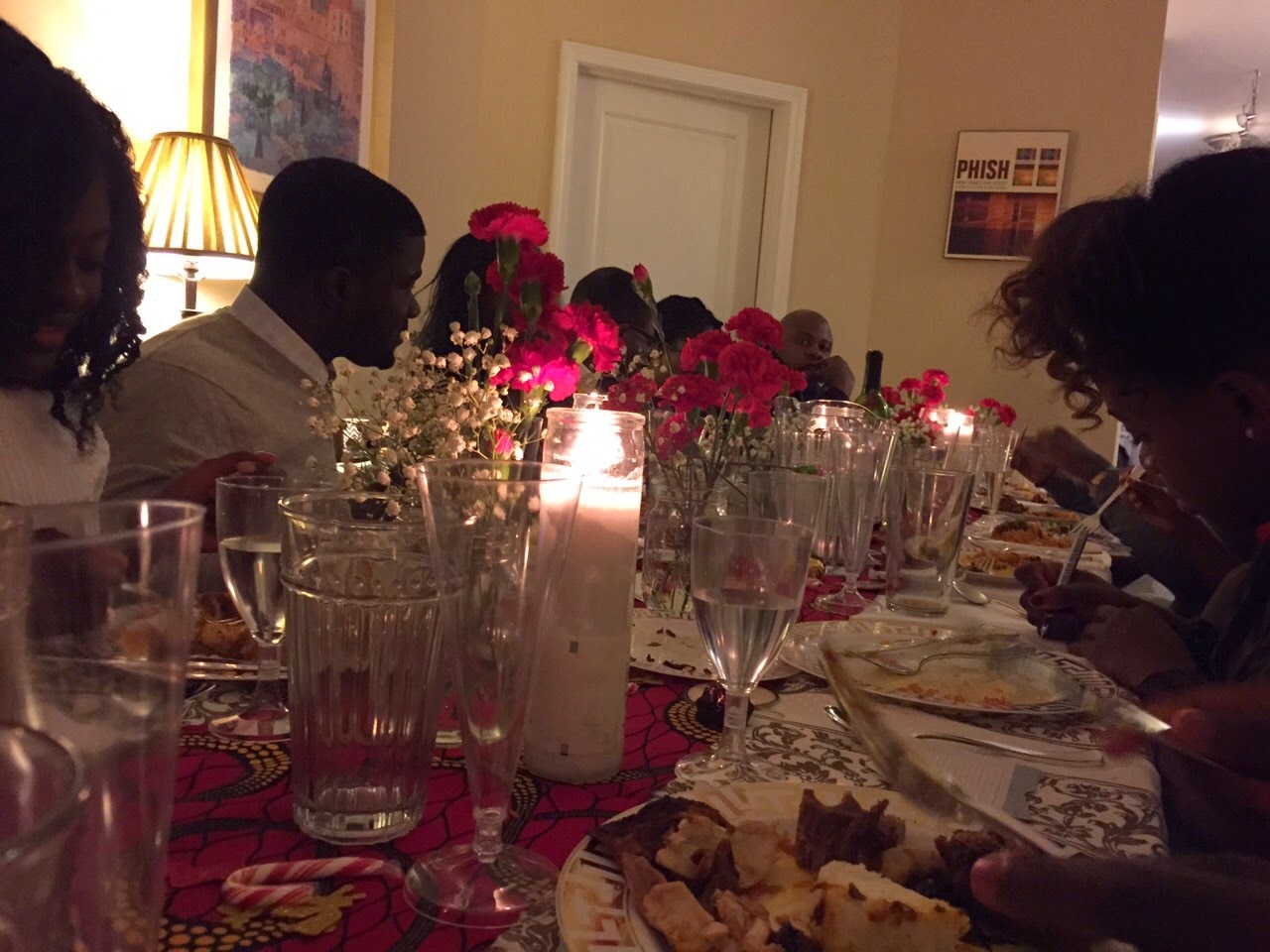Nationally, only about 45% of medical school applicants get accepted to med school the first time they apply. This means that the majority of people who matriculate into medical schools have applied more than once. More and more applicants are applying after a "gap year." A gap year is the years(s) between college graduation and medical school matriculation.
We are frequently approached by people who want to go to medical school, but did not get in the first or second time around. Typical questions that we get asked are: should I just give up? Should I study study study for the MCAT and take it again? Should I get a Master's while trying to study for the MCAT? Should I do research while studying for the MCAT? Should I gain some life experience? Should I start working and make money? Should I take some more undergraduate courses to strengthen my GPA?
Well, there is no ONE right answer, but I do think that some answers are better than others. Here are some things to think about and to consider doing if you don't get into medical school the first time around.
1. Do you really want to be a doctor?
This may seem like a dumb question, but I promise you it's not. It's something you really need to give some serious thought. Don't just look deep within yourself for an answer, do your research. Ask the doctors you know about the joy and fulfillment they experience at work. Would they do it all over again if given the opportunity? What are some of the rewarding parts of their job? What are the not so rewarding parts? Shadow as many doctors in as many settings as you can. Really try to soak up what it's like to be an actual doctor and think about if that is compatible with what you want out of life. Yes, doctors make good money once they complete training, but typically they work 60 hours a week on average (varies widely from specialty to specialty) and at times have to be "on call." Are you about that life?
To find a doctor to shadow, start by asking your own doctor or any doctors that you or your family/friends know if you can shadow them. You can also ask professors or pre-med advisors if they know of any doctors that have had students shadow them in the past. Additionally, you can contact the volunteer office at your local hospital to inquire about shadowing opportunities.
I shadowed my pediatrician in high school and my younger siblings' pediatrician when I was in college. I saw the Mercedes Benz my preceptor was driving, I heard about the fancy parties he and his wife attended on South Beach with people like Nelly, but I also saw the amount of paperwork he completed and the large number of patients he saw each day. Ultimately, it was the difference he made in the lives of the children he cared for both medically and socially that had the largest impact on me. This opportunity also gave me one more experience to write about on my ERAS application and speak about during my applicant interview.
*Hint: Be weary of people who give you extreme answers. Try to take advice from people who live balanced lives and give balanced answers - people who tell you the good and the bad.
2. Why didn't you get into medical school?
You have to be honest with yourself in order to answer this question and succeed the next time around. Did you apply to enough programs? Did you make the right grades? Do you have the extra-curricular activities and life experience medical schools are looking for? Did you interview well? Did you score high enough on the MCAT? These are just some of the things to consider. I can tell you that even if you are deficient in any one of these areas there IS STILL HOPE.
The MCAT can be a HUGE hurdle for many applicants. Consider a prep course like the Princeton Review, get into a study group and start studying early and often. If you don't have $$ for the prep course consider applying to summer programs that offer it for free through certain medical schools. I attended a free Princeton Review Course at my alma mater, University of Miami. Click here for more information.
3. What do I do now?
- You can always apply to more programs. If you need financial assistance to apply to more programs or to pay for the MCAT click here.
- You may have to go outside of your comfort zone to other parts of the country, but it is well worth it. Being raised in Florida, I was in complete denial about moving to Ohio for med school. In fact, I was partying in Miami without a care in the world 2 days before flying out to attend medical school in Ohio. However, leaving my comfort zone at that time was the best decision I could have made. I grew up. I was away from distraction so I could study, I went to a reputable school that future employers will recognize, I got closer to God, I traveled to different countries for medical missions and I made long lasting relationships. Weathering the cold winters was well worth it. Again, don't be afraid to get out of your comfort zone.
- Also consider D.O. programs if you have not in the past.
- Some people apply to U.S. Caribbean medical schools and end up doing very well in their careers. From what we have heard and seen, the upside to going to a Caribbean medical school is that you get to go to school in a tropical climate and they typically enroll year round. The downside is it can be very expensive and there is a stigma attached to them. Whether you decide to go to medical school in the states or in the Caribbean, make sure you know the board pass rates for the school. This will give you an idea about whether or not the students are being well prepared academically.
- I think the BEST option for someone who is looking to strengthen their application is to use the gap year by enrolling in a post-baccalaureate program with DIRECT LINKAGE into a medical school. Some of them are expensive and they don't guarantee acceptance into medical school- don't do those! Apply to programs that offer conditional acceptance upon successful completion of the program. The programs usually consist of science courses and MCAT prep. For more information on post-bac programs click here.
If you decide that being a doctor is for you, don't give up. Keep going and do whatever it takes. Don't waste time, it takes enough time to become a doctor already ;-). So do what is necessary now. Even if that means getting out of your comfort zone or spending a year in a post-bac program that will prepare you for med school. Trust me, the time will fly by and you'll be better for it.
This can be a sensitive topic. If you want to talk more about it. Leave a comment below or email us at ohemaasaj@gmail.com. We are always willing to answer your questions!
Love,
Ohemaa Mina
PS for info on how to survive pre-med refer to our post here.

.png)


























.jpg)






